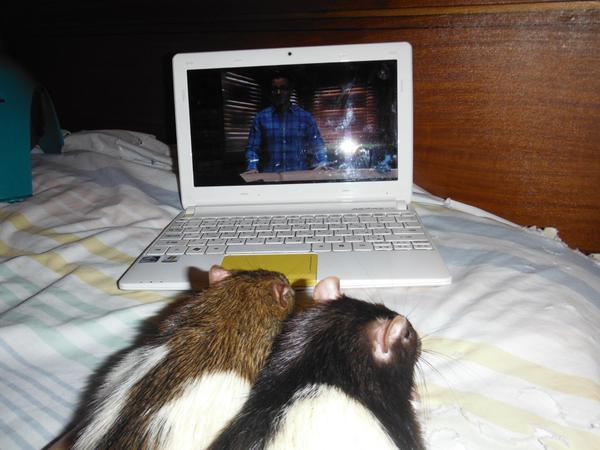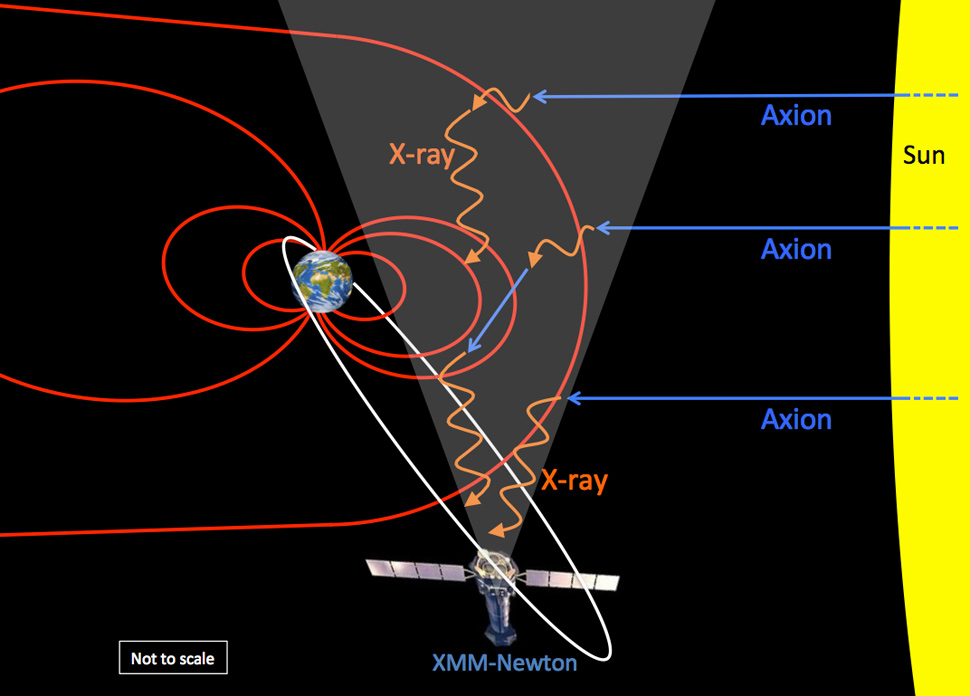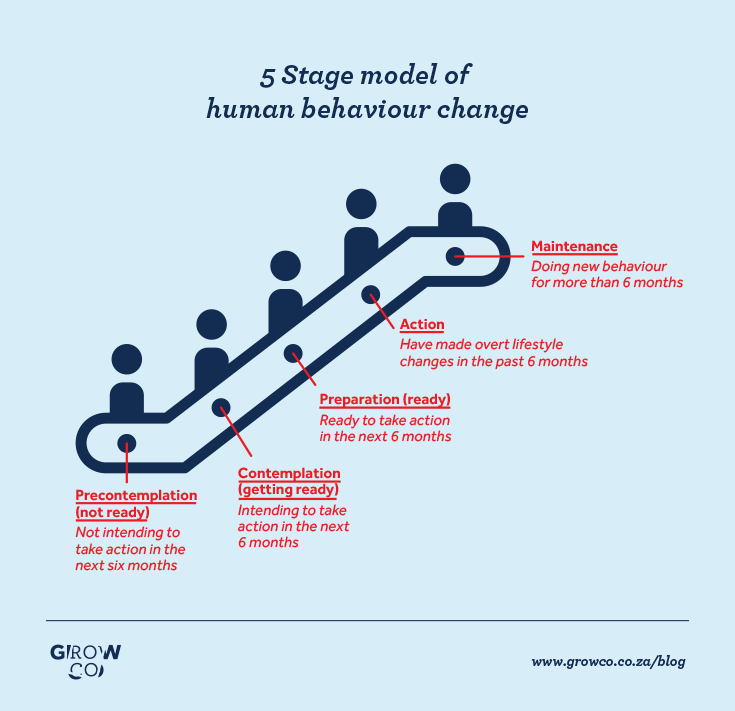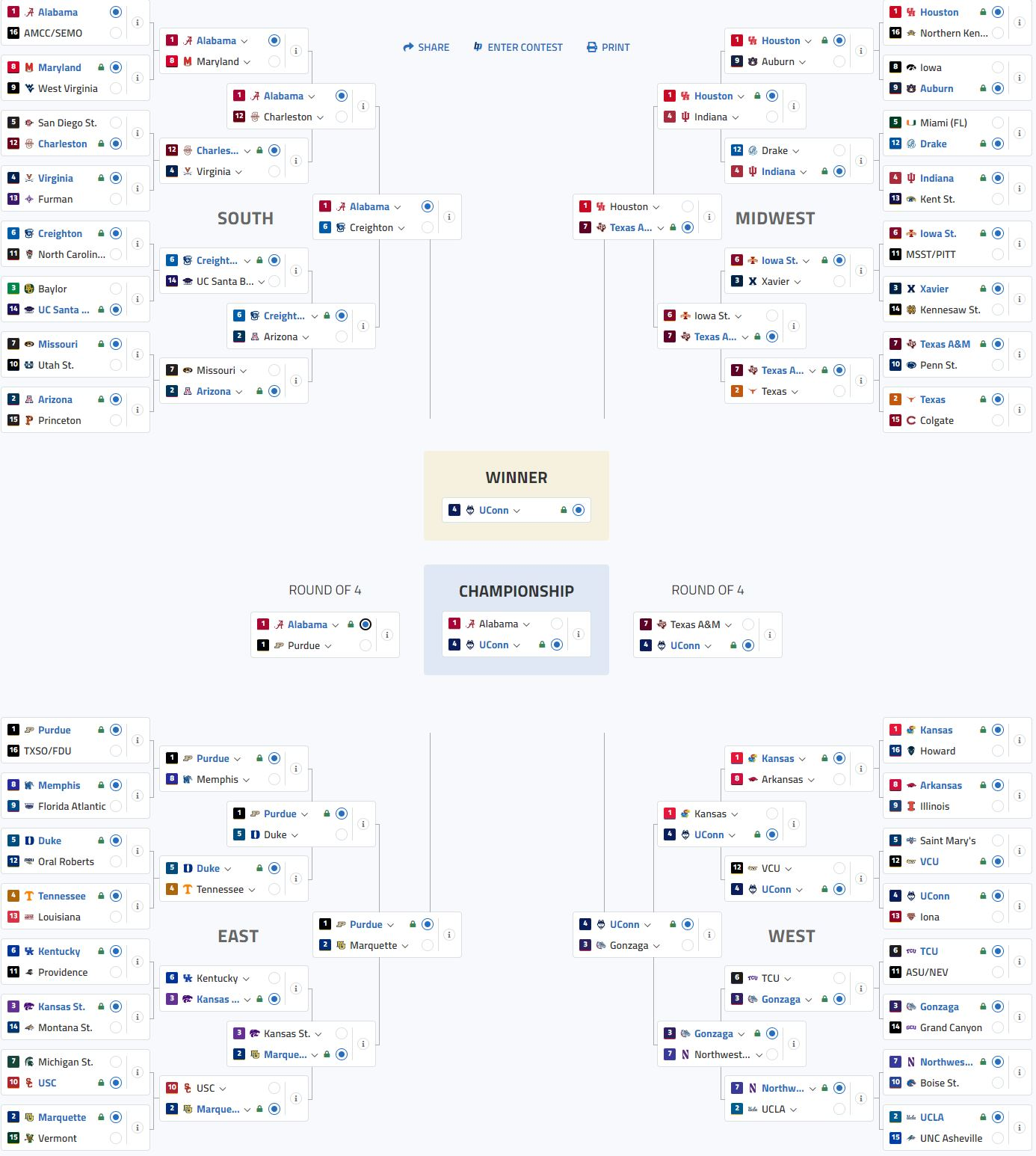Rat watching is more than just a curious pastime; it has become a pivotal aspect of modern behavioral research, particularly in understanding the complexities of social behavior in rats. By utilizing cutting-edge AI technologies, researchers can now capture intricate details of rat interactions, paving the way for groundbreaking insights into various neurological disorders, including autism. This innovative approach enhances traditional methods, transforming hours of observational data into quantifiable metrics, enabling a deeper analysis of social dynamics among these intelligent creatures. Moreover, insights gained from such animal behavior analysis reveal the parallels between rat and human interactions, shedding light on social behavior patterns. As scientists explore the captivating world of rat watching, they are uncovering vital connections that could reshape our understanding of human psychology and social disorders.
Observing rodent interactions, commonly referred to as rat watching, provides a fascinating glimpse into the world of animal behavior studies. This meticulous examination extends beyond mere observation, incorporating advanced techniques like machine learning and AI in behavioral research. In particular, such methodologies offer fresh perspectives into complex social behaviors, further deepening our grasp of conditions like autism spectrum disorder. By analyzing the nuanced social exchanges within rat populations, researchers are developing models that may correlate to human behavioral traits. As we delve into these animal dynamics, we craft a clearer narrative of social engagement, ultimately bridging insights into both rat and human socialization.
The Importance of Rat Watching in Behavioral Research
Rat watching has traditionally provided invaluable insights into the social behaviors and interactions of these highly social creatures. Researchers have long observed how rats communicate through subtle gestures and physical interactions, revealing profound insights into their behavioral patterns. This kind of observation is now being enhanced by innovative technologies like AI and machine learning, which allow for a more nuanced analysis of rat interactions than ever before. By utilizing sophisticated tracking methods, scientists can dissect the intricate ways in which rats engage with one another, shedding light on their social structures and hierarchies.
Through rat watching, researchers can identify personality traits and social preferences that mimic human behaviors, offering a unique perspective on how sociality develops. Moreover, the findings have implications that extend far beyond the animal kingdom; they can provide foundational knowledge for understanding complex human behavioral disorders like autism. By drawing parallels between rat social behavior and human communication, scientists can gain insights that may aid in developing therapeutic strategies for social behavior issues in humans.
How AI Enhances Animal Behavior Analysis
The advent of artificial intelligence has revolutionized animal behavior analysis. Traditional methods relied heavily on manual observation which was time-consuming and often subjective. With AI, researchers can capture and analyze expansive amounts of data quickly and accurately. The recent innovation chronicled in the paper ‘Mapping the Landscape of Social Behavior’ exemplifies this shift. Using machine learning algorithms, scientists have extracted over 110 million 3D poses, providing a comprehensive overview of rat interactions, significantly improving the reliability of behavioral studies.
AI not only streamlines the data collection process but also enhances the depth of analysis. This allows researchers to quantify behaviors that were previously difficult to measure, offering clarity on intricate social gestures. By eliminating human error and bias, AI paves the way for a more rigorous interpretation of behavioral patterns, enabling scientists to unravel the complexities of social behaviors. The implications of these advancements extend into areas like autism research, where understanding social communication dynamics can lead to better intervention strategies.
Linking Rat Social Behavior to Autism Research
Understanding the social dynamics of rats has significant implications for autism research. As researchers observe behavioral variations in genetically modified rats, parallels can be drawn to human conditions, particularly autism spectrum disorders. This study showcased how modifications in specific genes related to social behavior can mirror variations seen in children with autism, emphasizing the potential genetic connections to behavioral traits. Such findings support the idea that studying rat interactions can yield insights into the underlying neural mechanisms that contribute to social disengagement often seen in autism.
By focusing on the intersections between rat social behavior and human psychopathologies, researchers hope to unlock pathways leading to effective therapeutic approaches. The ability to observe how genetic alterations impact social engagement in rats lays the groundwork for understanding how similar genetic mutations might influence behavior in humans. As ongoing research continues to explore these connections, the scientific community anticipates that well-defined methodologies will emerge, ultimately guiding future innovations in autism treatment.
Machine Learning: A Game Changer in Behavioral Studies
The integration of machine learning into behavioral studies marks a pivotal evolution in how researchers analyze animal behavior. Traditional observational frameworks are being superseded by sophisticated data-driven methodologies that enhance the accuracy and scope of findings. Machine learning enables continuous data analysis, transforming raw video footage of rat interactions into quantifiable insights that were previously unattainable through manual means. Such advancements not only facilitate a deeper comprehension of social behaviors but also enhance collaboration within the research community.
Furthermore, the ability of machine learning to categorize and interpret complex interactions opens new avenues for understanding how animals learn from each other and adapt their behavior. This is particularly relevant in studies examining social learning and imitation, presenting new prospects for behavioral insights in both rats and humans. The novel capabilities provided by machine learning technology provide researchers with tools to refine their hypotheses and develop innovative approaches to studying social behavior.
Exploring Social Gestures Through Advanced Tracking
One of the most exciting developments in the study of rat behavior is the advancement in tracking technologies that capture social gestures in unprecedented detail. The synthesis of computer vision and deep learning has allowed researchers to visualize the nuanced movements of rats within a three-dimensional space, facilitating more thorough behavioral analysis. By mapping out these social gestures, scientists can establish links between physical actions and underlying motivations or emotional states, offering a granular view of rat social interactions.
This enhanced tracking not only enriches our understanding of animal communication but also provides a model for deciphering human social gestures. As rat behaviors are increasingly analyzed, researchers are able to draw connections to human social cues, developing models that deepen our understanding of complex social dynamics. Each gesture observed adds a layer of understanding to how both species convey social information, highlighting the potential applicability of these findings in fields such as psychology and autism research.
Implications of Rat Behavior Research for Human Health
The implications of rat behavior research extend well beyond the lab, offering significant contributions to public health and understanding human psychological conditions. As researchers delve into the social lives of rats, they uncover behaviors that reflect innate social mechanisms relevant to humans. Understanding these patterns is crucial for developing interventions for various psychological disorders, including autism spectrum disorder, which is characterized by social communication challenges that mirror some rat behaviors.
As the research progresses, the hope is to translate findings from rat behavior into tangible benefits for individuals facing social challenges. This research may not only lead to new therapeutic approaches but also foster a greater understanding of empathetic communication in humans. By breaking down the complexities of social behavior in rats, scientists are paving the way for innovations that could improve support systems for those affected by autism and other disorders.
Understanding the Genetic Basis of Social Behavior
The exploration of the genetic underpinnings of social behavior in rats provides key insights that could reshape our understanding of social cognition in humans. Through genetic modifications and a focus on specific behavioral traits, researchers have begun to identify how different genes influence social engagement levels and interaction styles. This genetic lens allows for a more nuanced exploration of how certain traits may predispose individuals to varying forms of social behavior, applicable to both rats and humans.
By investigating the relationship between genes and social behavior, scientists are not only mapping the genetic landscape of rat interactions but also uncovering potential biomarkers for social behavior in humans. This genetic approach fosters a broader understanding of conditions such as autism, where variations in social interaction are prominent. Future studies will aim to delve deeper into these genetic influences, potentially leading to preventative measures and targeted interventions based on individual genetic profiles.
The Role of Funding in Advancing Behavioral Research
Funding plays a pivotal role in advancing behavioral research by providing the necessary resources to explore complex questions surrounding animal and human behavior. Partnerships with organizations like the Simons Foundation and the National Institutes of Health enable scientists to conduct in-depth studies, access advanced technology, and engage in collaborative efforts. This financial support is particularly relevant in fields such as autism research, where expansive resources can expand our understanding of genetic and behavioral connections.
Moreover, adequate funding ensures that researchers can disseminate their findings effectively, fostering a collaborative spirit that is essential for scientific progress. By sharing data, such as video observations and movement tracking of rats, the community invites external researchers to contribute to the knowledge base, leading to exponential growth in understanding social behaviors. Ultimately, funding serves as the backbone of research endeavors, enabling the exploration of critical questions across fields harmoniously linked through shared inquiries.
Future Directions in Behavioral Research
The future of behavioral research, particularly in the context of rat watching and its implications for human health, is poised for exciting developments. As technology continues to enhance observational capabilities and machine learning progresses, the potential to uncover new dimensions of social behavior is vast. Upcoming studies are likely to redefine how researchers study social interactions, integrating multi-faceted approaches that consider genetic, environmental, and social variables.
Additionally, the collaborative nature of modern science is expected to lead to breakthroughs that may directly impact treatment approaches for social disorders in humans. As researchers draw on findings from rat studies to innovate therapy models, there is a palpable sense of anticipation regarding the impact this research could have on real-world applications. With the convergence of interdisciplinary knowledge and advanced technology, the horizons of behavioral research appear brighter than ever.
Frequently Asked Questions
What is rat watching and how does it contribute to social behavior analysis?
Rat watching refers to observing rat behavior in controlled environments to study their social interactions and communication patterns. This practice serves as a critical method in animal behavior analysis, particularly in understanding complex social behaviors that can mirror human conditions, such as autism.
How can AI enhance rat watching for behavioral studies?
AI enhances rat watching by employing machine learning algorithms that analyze vast amounts of data collected from video observations. This technology allows researchers to extract detailed movement patterns and social interactions among rats, significantly improving the accuracy and efficiency of behavioral analysis.
Why is understanding social behavior in rats important for autism research?
Understanding social behavior in rats is vital for autism research because it can reveal insights into the genetic and environmental factors influencing social interactions. By observing behaviors in genetically modified rat models, scientists can draw parallels to human social behavior, particularly in autism spectrum disorders.
What role does machine learning play in the analysis of rat behaviors?
Machine learning plays a crucial role in analyzing rat behaviors by enabling researchers to process and quantify data from hours of video footage. This results in the identification of specific gestures and social interaction motifs, providing a comprehensive overview of rat social behavior.
Can rat watching provide insights into human social behavior?
Yes, rat watching can provide insights into human social behavior. The similarities in social interactions between rats and humans allow researchers to use rat models to study behavioral phenomena that can inform our understanding of human social disorders, including autism.
What are some key findings from recent studies on rat watching?
Recent studies on rat watching have identified unique social dynamics and personality traits among rats, demonstrating how these factors influence their interactions. These findings suggest that diverse social behaviors observed in rats can reflect underlying neurological and genetic components relevant to understanding human social behavior.
How do researchers quantify rat interactions in social behavior studies?
Researchers quantify rat interactions using advanced AI methods that track 3D movements and behaviors in real time. By analyzing these interactions, they can identify patterns and quantify the frequency and types of social gestures, leading to a deeper understanding of animal behavior.
What implications do the findings from rat watching studies have for behavioral therapy?
The findings from rat watching studies may open new avenues for behavioral therapy by pinpointing the brain circuits involved in social gestures. Advancements in understanding these interactions could inspire new therapeutic techniques for addressing social behavior challenges in individuals with autism.
| Key Points | Details |
|---|---|
| New AI Method | A new AI technique allows a better understanding of rat social behavior and its implications for human conditions. |
| Social Behavior Observation | Researchers tracked over 110 million 3D poses of rats to study their interactions and behavior. |
| Impact on Autism Research | The study aims to explore parallels between rat behavior and human social interactions in autism. |
| Change in Methodology | AI replaces subjective human observation with a rigorous method for behavioral quantification. |
| Genetic Components | Research is investigating how certain genes might influence social behaviors in both rats and humans. |
Summary
Rat watching is an exciting new frontier in understanding social behavior, using an advanced AI method to analyze rat interactions. This innovative approach not only enhances how researchers observe and quantify rat behavior but also opens new avenues for exploring complex conditions like autism. By mapping the nuances of rat communication, we inch closer to unraveling the complexities of social behaviors that may be mirrored in humans. As studies continue, the implications for therapeutic approaches to disorders associated with social interaction deficits are promising.




